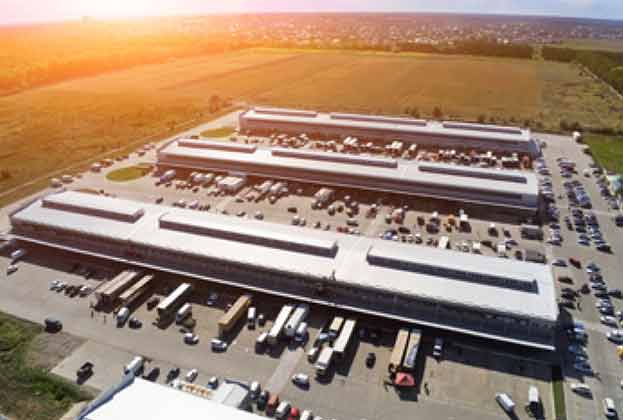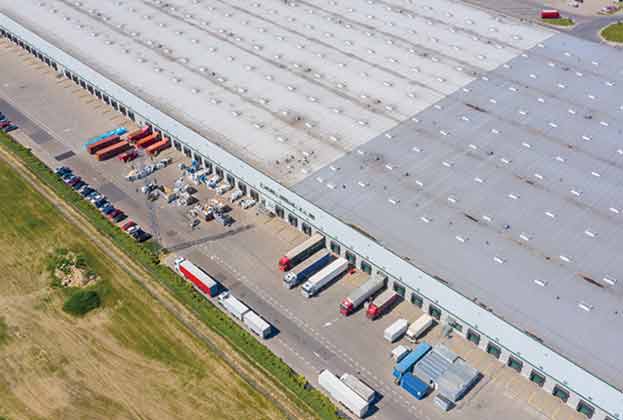The required aim of logistics operations to deliver the required service at the lowest possible cost can be a challenge. Simon Dixon* does the maths
Not all logistics operations are the same. Operations in different channels and sectors have different cost structures. This is because the volume and type of activity vary depending on the output the operations are seeking to deliver.
For example, parcel and post services have significantly higher transport costs than a physical retail logistics business. In the tables below, we have used a range of datasets from businesses to develop the typical cost splits for three types of logistics operation: high street retailers (no e-commerce), parcel delivery companies, and pure play e-commerce retailers.
We have used data from between three and five similar businesses for each business type and taken an average of their % cost splits to create the three typical profiles. This method avoids the scale of any one business distorting the sample. Any similarity between these cost splits and any one particular business is entirely coincidental.
The impact of cost rises
Whilst this split is interesting, it becomes more useful when cost increases are considered. For example, transport costs have increased by around 12% since 2019 (excluding the most recent fuel increases in Q1 2022). For a parcel business, this adds around nine percentage points to the total operating costs – a significant impact. However, a 12% increase in rent would only add around one percentage point to total operating costs.
This may lead landlords to think that rent can be increased significantly without major impacts on their tenants. However, typical net profit percentages for the sectors we are looking at here are in single digits, so the businesses remain sensitive to any cost increase.
If we look at other logistics cost increases since 2019 and those expected in the near future, we can see that the sector has experienced cost pressure throughout the P&L.
The challenge to deliver the required service at the lowest possible cost has just got much more difficult
Simon Dixon, CEO, Hatmill
These rises, when applied to the typical operating costs of the three logistics sectors above, show that overall costs are up by around 12% since 2019, and this excludes any Ukraine-related fuel cost increases. This gives supply chain leaders a significant challenge. As their role is often to reduce supply chain costs as a % of total business costs year on year.
The challenge to deliver the required service (on time, in full and to the required quality) at the lowest possible cost has just got much more difficult. They will look at the costs across their whole P&L and seek to change the activities and structure of their supply chain to achieve the lowest possible cost. This may be through changing processes in the warehouse to reduce the labour cost, or it can be a longer-term structural change such as relocating a warehouse to a place where the sum of rent, rates, labour and transport costs are at a minimum.
Such structural changes require significant analysis, planning and investment so they can be made with minimal risk. Whilst future estimates of customer demand, business growth and cost changes are included in such exercises, decisions are inevitably made at a particular point in time.
This ‘snapshot’ decision then typically determines the foundation for the business’ logistics cost structure, particularly transport and property costs, for the duration of a lease. It is the significance of this decision that makes property selection and associated lease costs so important to get right, and why headline rents will always be under scrutiny from occupiers.
- Simon Dixon is the founder and CEO of supply chain and logistics consultancy Hatmill
Read the articles within Spotlight: The affordability of warehouse rents below.
.jpg)


